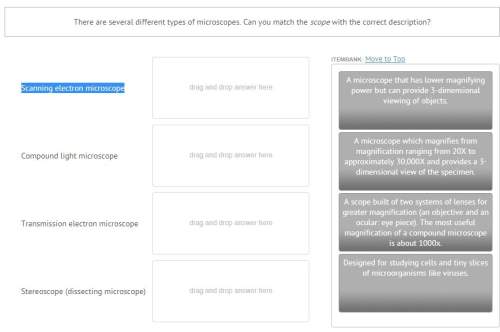
Biology, 16.12.2020 04:10 22nathanieltimms
(02.03 HC)
Until recently, the amount of carbon dioxide (CO2) in the atmosphere has fluctuated slightly during the past 10,000 years. However, the Industrial Revolution of the 1700s started a global adoption of fossil fuels to power human activity. Human activities helped increase CO2 in the atmosphere to a higher concentration than any time in the past 800,000 years. About one third of the CO2 in Earth's atmosphere dissolves in the oceans to form carbonic acid (Figure 1). (8 points)
Time series plots of ocean p C O 2 and p H for Bermuda, the Canary Islands, and Hawaii from 1983 to 2015. In Bermuda, dissolved carbon dioxide measurements begin at 300 to 350 partial pressure in micro atmosphere in 1983 and make a steady increase to 350 to 450 partial pressure in micro atmosphere by 2015. In the Canary Islands, dissolved carbon dioxide measurements begin at 325 to 375 ppm a in 1983 and make a steady increase to 350 to 450 partial pressure in micro atmosphere by 2015. In Hawaii, dissolved carbon dioxide measurements begin at 300 to 350 partial pressure in micro atmosphere in 1983 and make a steady increase to 350 to 400 partial pressure in micro atmosphere by 2015. In Bermuda, ocean pH measurements begin at 8.05 to 8.15 partial pressure in micro atmosphere in 1983 and make a steady decrease to 8.12 to 8.03 by 2015. In the Canary Islands, ocean pH measurements begin at 8.12 to 8.07 partial pressure in micro atmosphere in 1983 and make a steady decrease to 8.10 to 8.05 by 2015. In Hawaii, ocean pH measurements begin at 8.13 to 8.09 partial pressure in micro atmosphere in 1983 and make a steady decrease to 8.09 to 8.05 by 2015.
© United States Environmental Protection Agency 2020
Prior to the Industrial Revolution, average ocean pH was about 8.2. Today, average ocean pH is about 8.1. Each decrease of one pH unit is a tenfold increase in acidity. This means that the acidity of the ocean today, on average, is about 25% higher than it was during pre-industrial times.
Refer to Figure 1 to answer the following questions:
Describe the data trends comparing carbon dioxide levels and ocean pH in the graphs for Bermuda, the Canary Islands, and Hawaii.
Explain one advantage of taking carbon dioxide and pH measurements at island locations instead of taking measurements near mainland coastal regions.
Describe two possible natural disruptions that account for the fluctuations of carbon dioxide and pH measurements from year to year in each location.
Ocean pH contributes to the health of marine ecosystems. Explain how ecological tolerance to change in pH will affect the survival of marine life near Bermuda, the Canary Islands, and Hawaii.
Burning fossil fuels has led to human disruption of the atmosphere and ocean near these island regions. Identify two ecosystem services that could be affected by this disruption.

Answers: 3


Other questions on the subject: Biology




Biology, 22.06.2019 11:30, heavendl13
Which of the following does not make up ground substance of connective tissue? hyaluronic acid elastic fibers glycosaminoglycan proteoglycan
Answers: 3
You know the right answer?
(02.03 HC)
Until recently, the amount of carbon dioxide (CO2) in the atmosphere has fluctuated sli...
Questions in other subjects:

Physics, 20.09.2021 15:30


Mathematics, 20.09.2021 15:30

Mathematics, 20.09.2021 15:30


Spanish, 20.09.2021 15:30




Spanish, 20.09.2021 15:30




